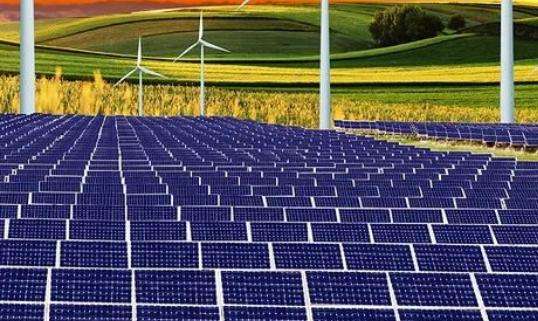That is to say, the choice of the location of the wind turbine must be based on a technical and economic comparison of several options to determine the installation plan of the wind turbines in the wind farm in order to that the wind farm can obtain better energy production. In addition to the distribution characteristics of wind energy resources in wind farms, the layout of units should also consider the limitations of objective factors such as land use, villages, power facilities and wind-sensitive factors. environment, terrain conditions around wind turbines and the adverse effects of buildings, trees or other obstacles and the impact of wakes between wind turbines.
It is easy to respect this principle in flat ground conditions. In mountainous areas, it is often difficult to respect this principle. According to the requirements of transportation machines and ins machinesinstallation required for the selected model, there must be sufficient space near the machine position to operate and place the blades and lathes. The road must have sufficient slope, width and turning radius to allow transportation. machines to reach the selected aircraft position. Arrange them in columns parallel to the main direction of wind energy and in rows perpendicular to the main direction of wind energy. The rows are parallel and the columns are spaced the same. Energy production is higher when row spacing is greater than column spacing, but the equidistant layout is visually better. The pursuit of visual beauty will result in some loss of energy production. There must therefore be a certain balance between economic benefits and beauty.
It should be noted that the loss of energyof a multi-row, multi-column arrangement is also related to terrain and ground roughness, so the numbers above only give us a perceptual understanding. On the one hand, considering the wake effect of wind turbines, we should make the distance between wind turbines as large as possible; on the other hand, land use and grid connection restrictions require that the distance between wind turbines be as small as possible; . According to experience, in the direction parallel to the main wind direction, the distance between wind turbines is generally kept at a distance of 5 to 9 times the diameter of the wheel, in the direction perpendicular to the main wind direction, the distance between wind turbines is 5 to 9 times the diameter of the wheel. generally kept at a distance of 3 to 5 times the diameter of the wheel. The layout shown in Figure 3 takes into account many factsurs and the units are arranged in the shape of a plum blossom.
The main direction of wind energy in this area is the west and its southern and northern directions. Since the roughness of the water surface is small, the westerly wind always has high energy after passing through the water surface. In the land area on the east side of the water area, after the air flow lands, due to the increase in ground roughness, the wind speed attenuation increases and the density of the l wind energy is decreasing. The south, west and north sides of the water area are all hilly areas, especially the highlands (ridges) of the hilly area on the west side of the water area are perpendicular to the main wind direction. When airflow passes through this area, it creates strong turbulence as the ground rises. Ascent acceleration effect, the wind speed reaches the maximum value in the summit area of themountain, so the mountain top area is an ideal area for the fabric machine.














